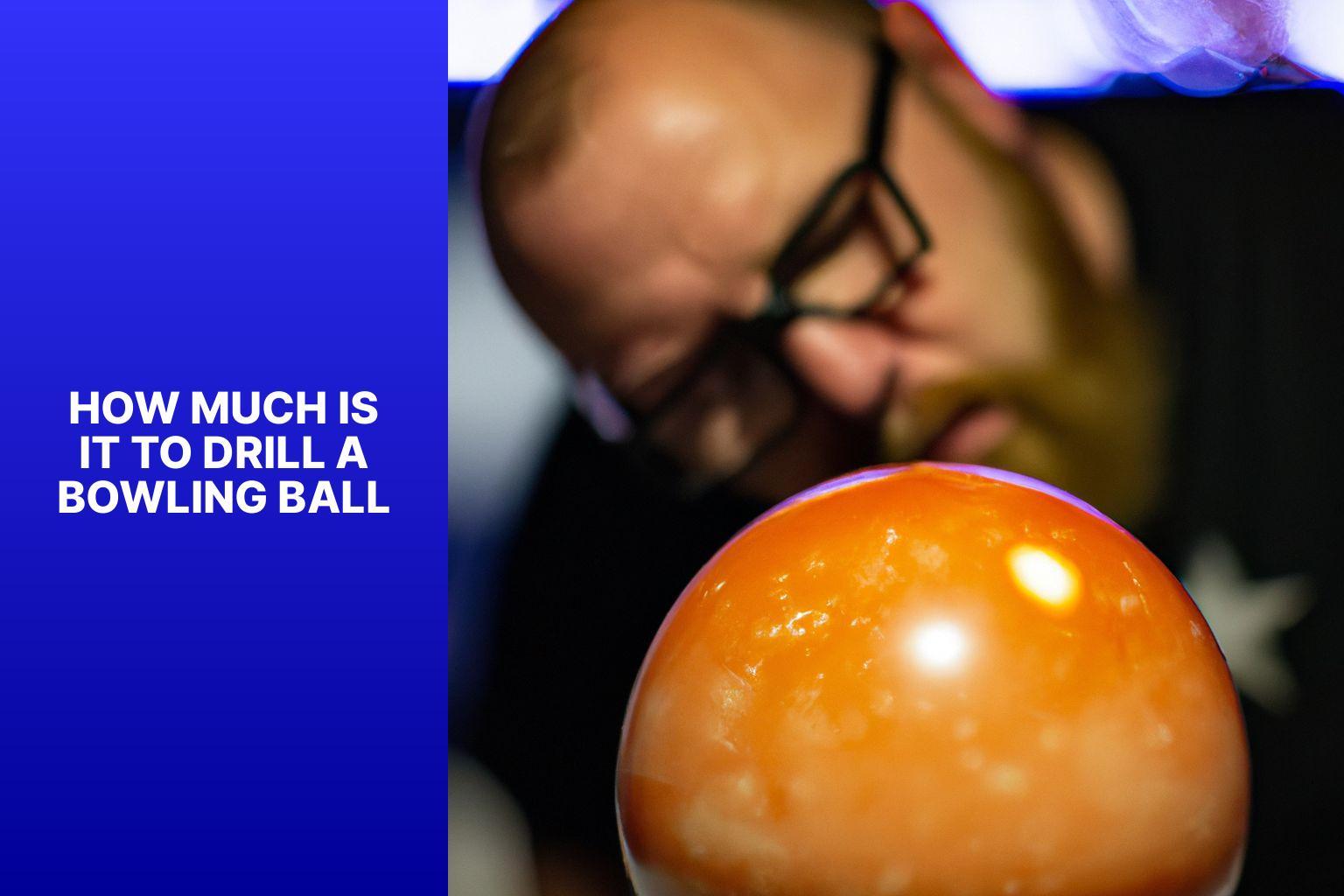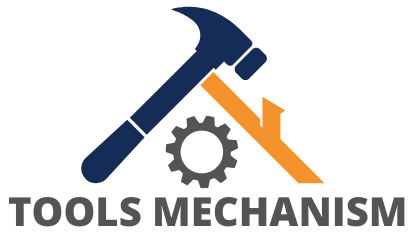
“New bowlers often find a great deal online but forget to calculate the extra service fees, asking how much is it to drill a bowling ball at a local shop.”
Wondering how much to drill a bowling ball? Prices can range from $40 to $70, depending on a few factors. Location, complexity of the pattern, and extra services all affect the cost.
To get the best value, do research and compare prices in your area. Talk to your driller openly about your goals and preferences. Ask about pricing and extra services.
Complex patterns take more time and skill from the driller, and may be more expensive. Extras like finger grips or thumb slugs can improve comfort and control, but come at an extra cost.
Remember, communication is key. To get the best outcome for your bowling game, take the time to discuss options with your driller. With these tips in mind, you’ll be ready to hit the lanes without breaking the bank!
Table of Contents
The Average Cost: How Much Is It to Drill a Bowling Ball?
To understand drilling costs for bowling balls, you need to consider various factors. These include the type of ball, the complexity of the drill pattern, and the skill level of the person doing the drilling.
Let’s break it down into a table:
Cost Factors | Description
————————–|————–
Ball Type | Different materials, such as plastic, urethane, and reactive resin, have different costs. Reactive resin is usually more expensive.
Drill Pattern Complexity | Intricate patterns take more time and precision, so they cost more.
Driller Skill Level | Skilled drillers may charge extra for their expertise in custom layouts.
Plus, there are other details.
1. Additional services like resurfacing or plugging existing holes add to the total cost.
2. Some pro shops offer package deals with multiple drillings or services at a discount.
Now here are some tips on how to reduce drilling costs:
1. Research and Compare Prices: Look around and compare prices to find rates that suit your budget without compromising quality.
2. Get Standard Drillings: If you don’t need a custom layout, pre-drilled balls are cheaper.
3. Use Package Deals: Take advantage of package deals that bundle drillings or services at a discounted rate.
By following these tips, you can manage your bowling ball drilling cost. Consider the type of ball, drill pattern complexity, and driller skill level. Plus, explore package deals to find options that meet budget and requirements. “Price Breakdown: How Much Is It to Drill a Bowling Ball?”
Step-by-Step Guide on How to Drill a Bowling Ball
Drilling a bowling ball? Here’s a step-by-step guide:
- Choose a drilling layout that suits you.
- Carefully mark where each hole goes.
- Use a specialized drill press and bits to drill.
- Smooth out any rough edges with sandpaper.
- Test it on the lane and make adjustments.
Seek professional help if you’re unsure.
Speed, rev rate, and axis tilt are key factors to consider.
Did you know? In the past, before tech, bowling balls were handmade. Craftsmen carved finger holes into solid wooden balls… A time-consuming process!
Factors to Consider When Choosing a Professional Drill Service
When selecting a professional drill service, there are numerous factors to consider. These will decide not only the quality of the service but also the price of drilling a bowling ball. Let’s investigate the table below to get a better understanding of these factors:
| Factor | Description |
|---|---|
| Experience | The years the professional drill service has been in business |
| Skill | The level of expertise and knowledge of the drill technician |
| Equipment | The quality and condition of the drilling equipment used |
| Pricing | The cost of drilling a bowling ball, including any additional services offered |
| Customer Reviews | Feedback and ratings from prior customers |
Now that we have reviewed important aspects when choosing a professional drill service, let’s explore some additional info. It is essential to note that the skill of the drill technician has an immense influence on ensuring your bowling ball is drilled correctly. A skilled technician has the ability to understand your specific requirements and preferences, resulting in a tailored drilling solution.
To emphasize the significance of skill in professional drill services, I’d like to share a true experience. A friend of mine had their bowling ball drilled by a novice technician. The outcome was an uncomfortable grip which impacted their performance on the lanes and caused strain on their hand and wrist.
DIY vs. Professional Drilling: Pros and Cons
DIY drilling and professional drilling have their own pros and cons. Let us compare them!
| DIY Drilling | Professional Drilling |
|---|---|
| Cost-effective | Perfect alignment |
| Flexibility in customization | Expert technique |
| Need skill & equipment | Higher cost |
| Risk of incorrect drilling |
Uniquely, DIY drilling may save money, but requires skill & tools. Professional drilling ensures perfect alignment & technique but costs more.
Tip: If confident in skills & with necessary equipment, DIY drilling can be cost-effective. But if wanting precise results, professional drilling is best.
Final Thoughts and Recommendations
Do you know How Much Is It to Drill a Bowling Ball? It depends on the type of drilling and customizations you need. It’s wise to ask experts for advice when making a decision. Quality is more important than cost. Seek experienced professionals to ensure a successful drilling job.
Customization is key. A skillful technician should tailor the drilling layout based on your hand size, span preference, and playing style. This helps maximize your potential on the lanes.
Did you know that drilling methods have changed over time? In the past, manual labor and simple handheld drills were used. But, with technology advancements, sophisticated machinery and computerized systems revolutionized the industry. This allowed for more precise and consistent drilling techniques that boost performance.
Remember to invest in expertise for your ball drilling. Customization tailored to your needs will result in better comfort and gameplay. Look for reputable professionals who can help unleash your bowling potential.
While the exact price can vary, you now have a clear idea of how much is it to drill a bowling ball, making it easier to budget for your new gear.
“By understanding these service fees, you now know exactly how much is it to drill a bowling ball and can budget for your perfect game.”
Frequently Asked Questions
FAQs: How Much Is It to Drill a Bowling Ball?
1. How much does it cost to drill a bowling ball?
Prices for drilling a bowling ball can vary depending on several factors, such as the pro shop you visit, the type of drilling you choose, and any additional services you require. On average, you can expect to pay around $50 to $70 for the basic drilling of a new bowling ball.
2. Are there any additional costs besides drilling?
Yes, there may be additional costs besides drilling. The price of the bowling ball itself is not included in the drilling fee. Additionally, if you want any customizations or special services like finger inserts or thumb slug installation, there might be extra charges for those.
3. Can I have my old bowling ball re-drilled?
Yes, it is possible to have an old bowling ball re-drilled. The cost for re-drilling may be similar to drilling a new ball, depending on the complexity of the job. However, it is recommended to consult with a professional in a pro shop to evaluate the condition of your old ball before opting for re-drilling.
4. Will the drilling affect the performance of my bowling ball?
Properly drilled holes should not negatively affect the performance of your bowling ball. In fact, a good drilling can enhance your ball’s performance by providing a precise fit and balance for your hand. It is essential to have an experienced driller who understands your bowling style and can customize the drilling accordingly.
5. How long does it take to drill a bowling ball?
The time required to drill a bowling ball can vary depending on the workload of the pro shop and the complexity of the drilling. In general, drilling a new ball may take anywhere from 30 minutes to an hour. However, it is advisable to contact the pro shop beforehand to inquire about their current turnaround time.
6. Can I drill a bowling ball myself?
While it is technically possible to drill a bowling ball yourself, it is highly discouraged unless you have the necessary expertise and equipment. Drilling a bowling ball requires specialized knowledge and precision tools to ensure proper balance and fit. It is best to leave this task to professional drillers who can minimize errors and maximize performance.
